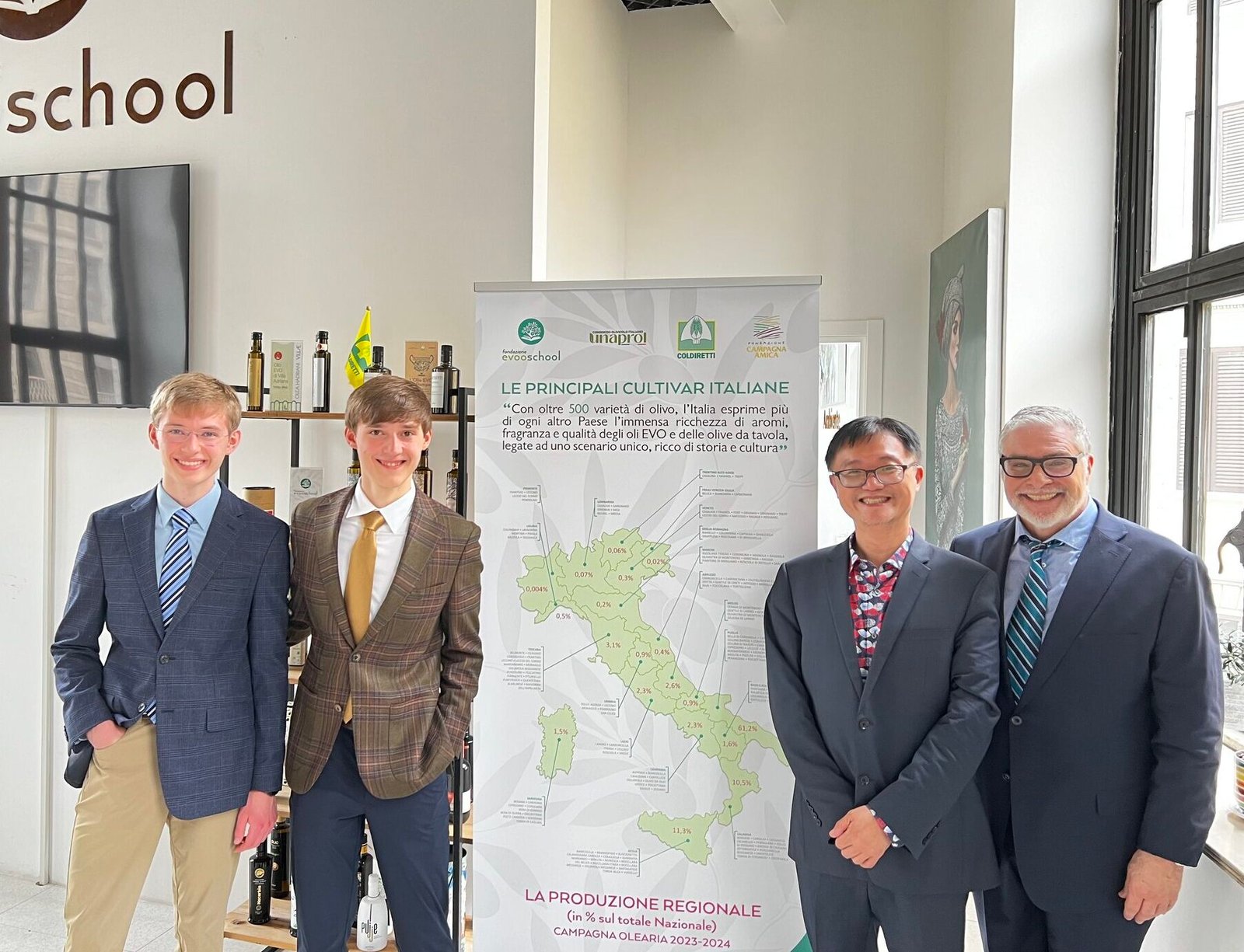Products & Technologies

Categories of Products

Agriculture
XylePhage™ Agricultural solution to defeat Olive Quick Decline Syndrome and Pierce’s Disease prevalent in major olive oil and wine producing nations.
XanthaPhage Agricultural solution to combat plant diseases like rice blight, improving crop yields for countries which depend on rice-based diets
MarlePhage Soil reclamation technology that neutralizes toxic compounds and heavy metals in polluted soils for a healthier environment.
Home Health
KataNase™ An effective bio-disinfectant which neutralizes 99.9% of known viruses and can be applied on solid surfaces, including fabrics, promoting hygiene and safety.
Cannabinoid
Cannabinoid Biokinetic Activity Assay Provides precise measurement of cannabinoid activity in human cells, expediting drug discovery and product development.
Learn More About Working With Auxergen
Recent Articles & News

Auxergen Enhances Research Capabilities with New State-of-the-Art Laboratory

Auxergen Recognized as Company to Watch by Baltimore Business Journal
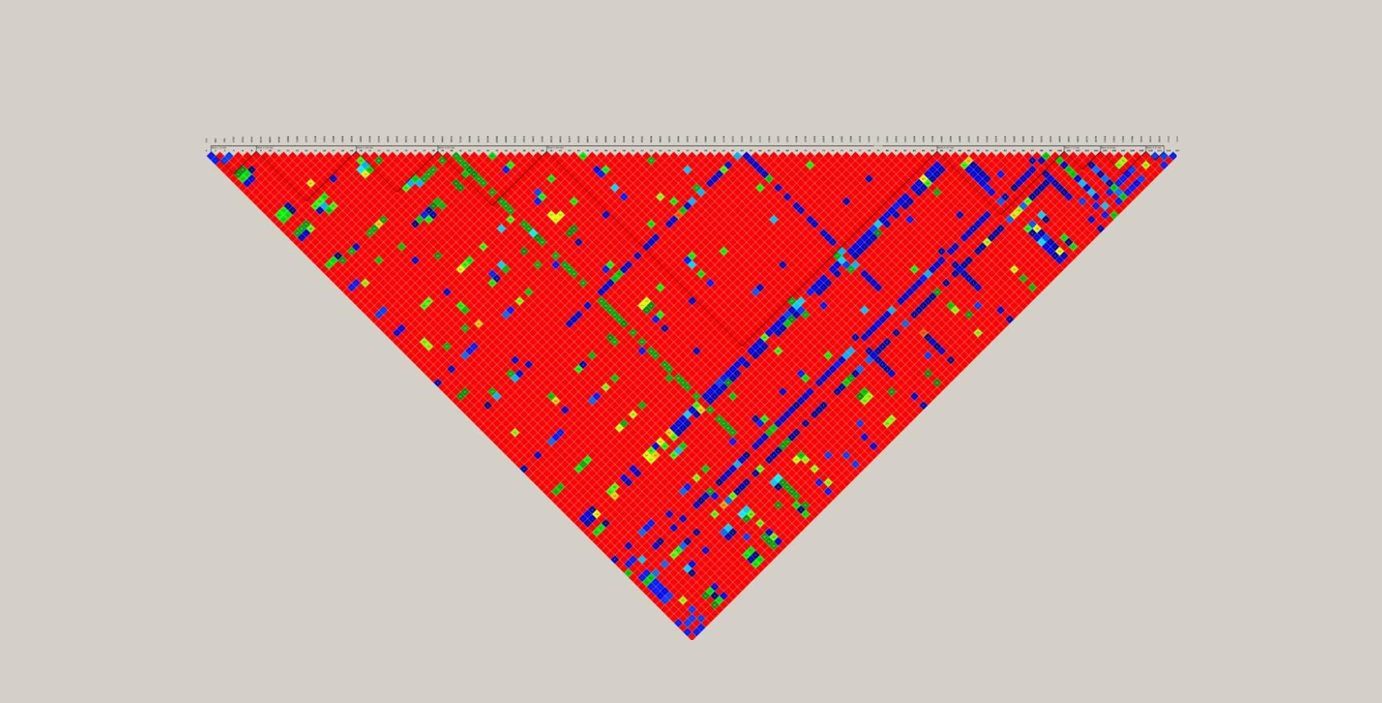
The Lancet Microbe: Auxergen’s Report on the 2024 Mpox Outbreak
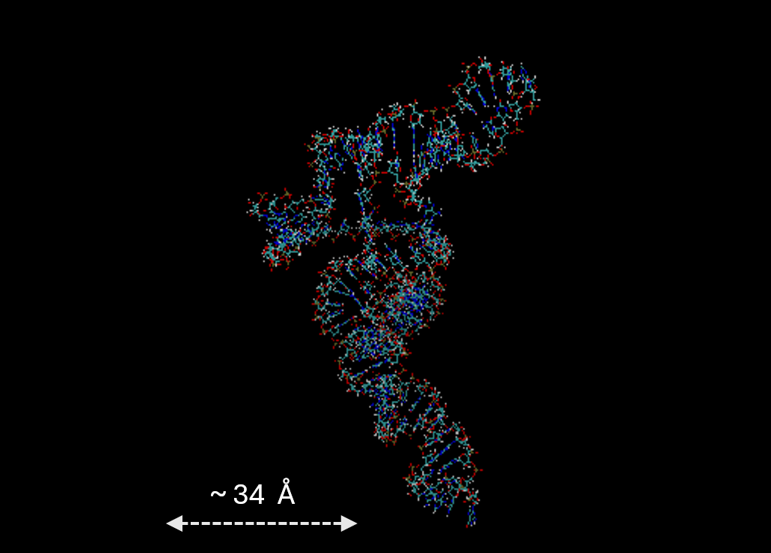
Research at Auxergen Reveals Secrets of Virus Assembly
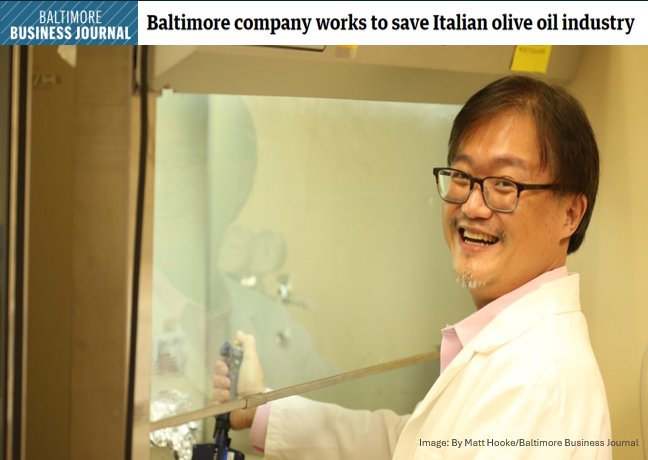
Auxergen Italian Division – Baltimore Business Journal
